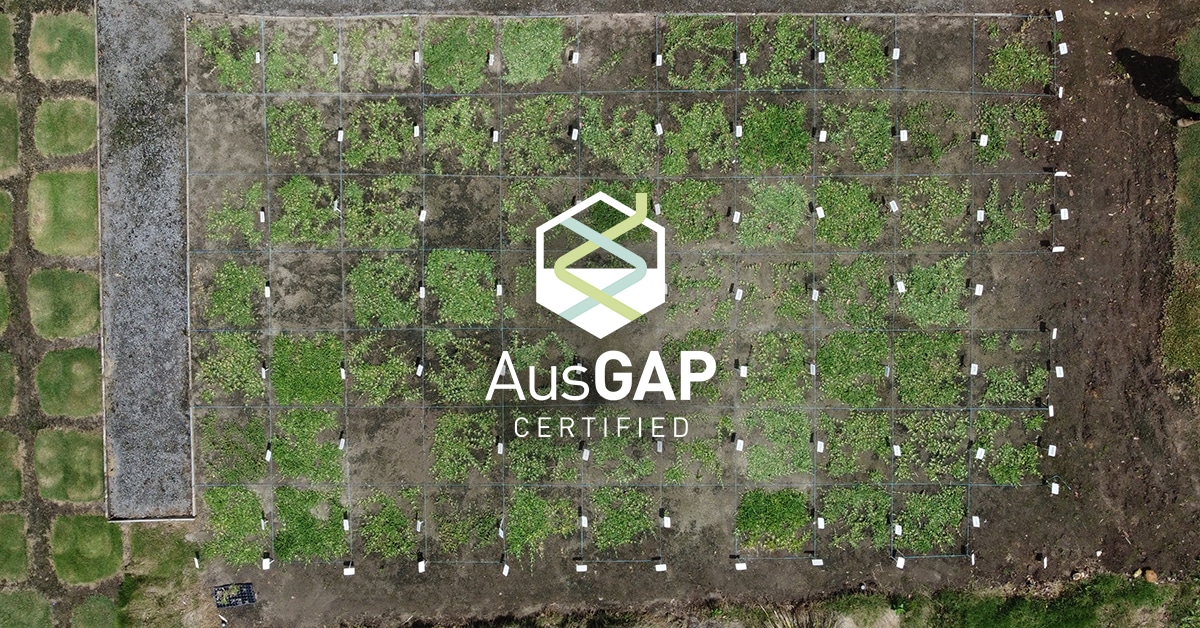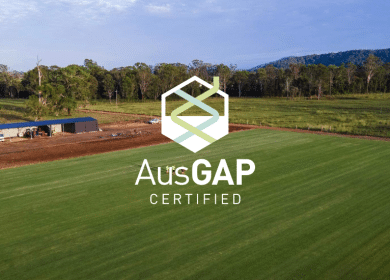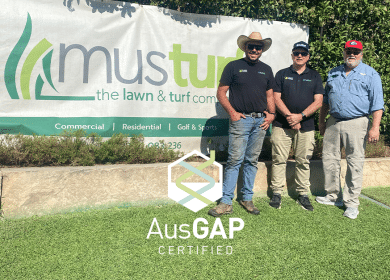The science behind turfgrass breeding and genetics

Turfgrass breeding and genetics are at the forefront of developing resilient, high-quality grasses that meet the diverse needs of modern landscapes, sports fields, and residential lawns. This blog discusses why new turfgrasses are bred, how they are bred, and the science behind the research methods that drive these innovations.
Why are new turfgrasses are bred?
New turfgrasses are bred to address a variety of challenges and demands, including:
- Different regions have unique climate conditions that can stress turfgrasses. Breeding efforts focus on developing grasses that can thrive in specific environments, whether it’s high heat, drought, or cooler temperatures.
- Turfgrasses can be susceptible to pests and diseases, which can cause significant damage to lawns and sports fields. Breeding for resistance to these threats reduces the need for chemical treatments.
- Turfgrasses are bred to enhance their visual appeal and functional properties, such as colour, density, texture, and wear tolerance. This ensures they not only look good but also perform well under foot traffic and other stresses.
- With increasing awareness of environmental sustainability, there is a growing demand for turfgrasses that require less water, fertiliser, and mowing. Breeding efforts aim to produce varieties that meet these needs, reducing the overall maintenance needs.
How are new turfgrasses bred?
The process of breeding new turfgrass varieties involves several steps:
Selection of Parent Plants
Breeders start by selecting parent plants with desirable traits. These might include disease resistance, drought tolerance, or fine leaf texture.
Cross-Pollination
Selected parent plants are cross-pollinated to combine their genetic traits. This can be done through traditional methods like hand-pollination or more advanced techniques like controlled environment breeding.
Evaluation and Selection
The offspring from these crosses are grown and evaluated over several generations. Breeders assess various traits, such as growth rate, stress tolerance, and aesthetic qualities, to identify the most promising candidates.
Stabilisation and Propagation
Once a desirable new variety is identified, it undergoes stabilisation to ensure consistent performance. This involves repeated selection and breeding to fix the desired traits. The new variety is then propagated for further testing and eventually available for commercial release.
What is the science behind turfgrass breeding and genetics?
The science of turfgrass breeding and genetics is a blend of traditional plant breeding techniques and modern molecular biology tools. Here are some key scientific methods used in the process:
- Marker-Assisted Selection (MAS): MAS is a technique that uses molecular markers to identify specific genes or genetic regions in the plant associated with desirable traits. By screening for these markers, breeders can select plants that carry the desired genes more efficiently and accurately.
- Quantitative Trait Loci (QTL) Mapping: QTL mapping helps identify the genetic basis of complex traits, such as drought tolerance or disease resistance. By mapping the locations of these traits on the genome, breeders can better understand how they are inherited and how to select for them.
- Gene Editing: Advanced techniques like CRISPR-Cas9 allow for precise modifications of the turfgrass genome. This can be used to introduce or enhance specific traits, such as pest resistance or reduced growth rates, with greater accuracy than traditional breeding methods.
- Hybridisation and Polyploidy: Some turfgrass species, like couch and zoysia grasses, benefit from hybridisation and polyploidy (having multiple sets of chromosomes). These methods increase genetic diversity and can combine beneficial traits from different species or varieties.
Turfgrass breeding and genetics are critical for developing new varieties. This is to meet the evolving demands of landscapes, sports fields, and lawns. Through a combination of traditional breeding techniques and modern tools, breeders can create turfgrasses that are more resilient, aesthetically pleasing, and environmentally sustainable. Understanding the science behind these processes not only highlights the complexity and innovation involved but also emphasises the importance of ongoing research and development in the turfgrass industry. As breeding techniques continue to advance, we can expect even greater strides in producing turfgrasses that enhance our environments and withstand the challenges of changing climates and growing demands.


